How To Lower The Electric Bill
One of the significant household expenses is electricity, and it can be tricky to lower the average electric bill. Energy consumption is constant in every home, with devices like water heaters significantly contributing to overall power usage.
According to the Energy Department, a typical household roughly spends $117.65 per month on electricity — that brings the yearly total to a whopping $1,411.80. Of course, this number can also fluctuate based on region and household size and the number of high-consumption devices like water heaters in use.
You may be wondering how to lower the electric bill. There are minor tweaks and changes that you can apply to reduce your monthly electricity usage. There are also major adjustments you can implement when renovating your home.
Modify The Temperature
It may seem like an odd activity, but lowering the temperature when you leave the house or even at night can do wonders. According to the U.S. Department of Energy, turning the thermostat down by 7 to 10 degrees Fahrenheit for eight hours a day can save you roughly 10% a year on your estimated electric bill.

Temperature modifications on a smaller scale can also add up to electricity savings. Raising the refrigerator temperature by a few degrees can be another method of how to save on the electricity bill. Fresh food can be stored at 36 to 38 degrees Fahrenheit. However, standard fridges are usually registered at two to five degrees lower than that. As for the freezer section, the temperature should be between zero and negative 5 degrees Fahrenheit.
Maximize Appliance Usage
Whether you are Spring cleaning or it is just a routine Saturday at your house, try to eliminate dust in and around your appliances. If the coils underneath household appliances are covered in dust, they work twice as hard. As a result, the extra energy the appliance requires increases your electric bill.
For water heaters, regular maintenance will ensure they run efficiently, reducing energy consumption. Similarly, regularly clean your dryer’s exhaust with a lint remover kit to help improve airflow. This helps the dryer operate more efficiently and dry your clothes faster, in turn, using less electricity.
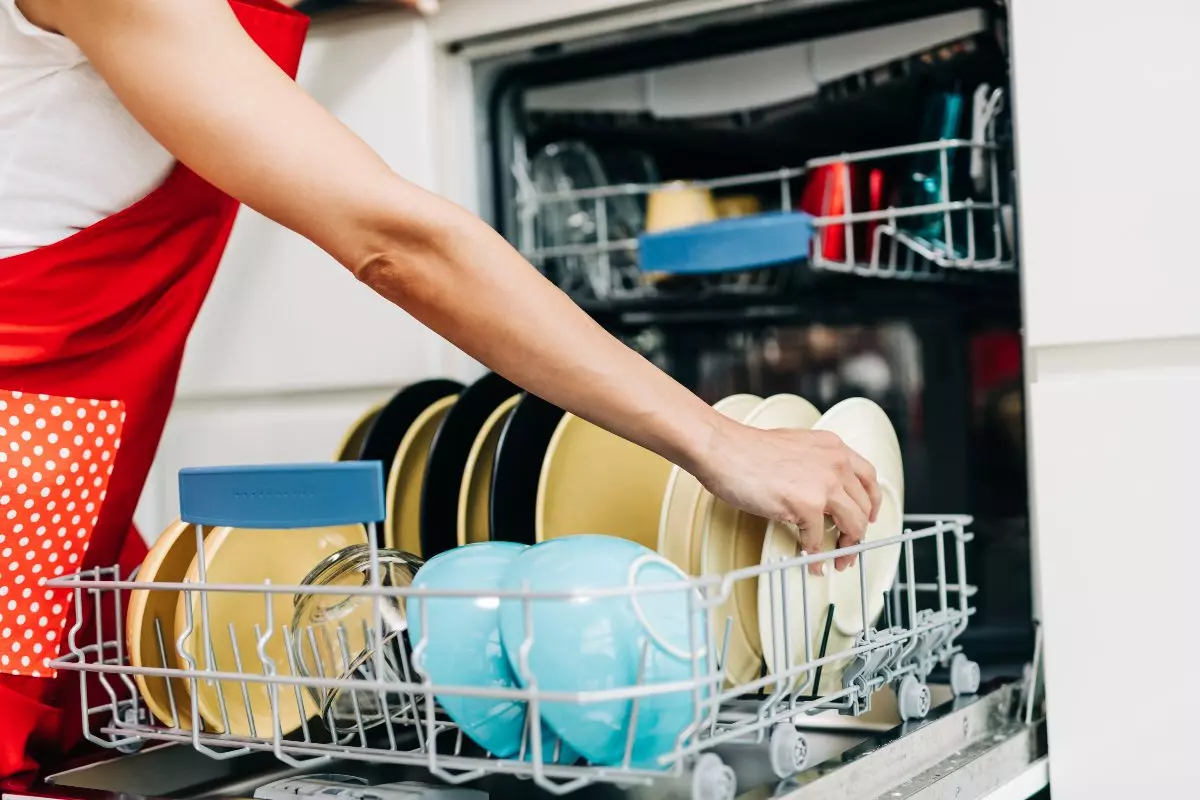
Besides general appliance maintenance, you can implement changes to your routine laundry and dishwasher usage. Whether you have a set-up laundry line in your backyard or a laundry rack you can place by the window, using solar energy can help you save on the electric bill.
It is more useful to use a dryer for larger items or an item you want to wear within the next hour. However, if you are doing your typical end-of-the-week load of laundry, it is best to keep things natural and save your pockets some serious dimes.
Moreover, instead of running the dishwasher for a few cups and plates, resort to handwashing. Aside from saving substantial amounts on your electric bill by reducing energy consumption, handwashing can also preserve water. Make sure to pack your dishwasher with as many items as the machine can take. Running a full dishwasher saves water, energy, and eventually money because you will be running it fewer times.
Give Appliances A Break
If you’re not using appliances, there is no need for them to be plugged in. These include coffee makers, toasters, blenders, mixers, and more. These appliances possess built-in features that tend to operate all day — such as a clock or timer. Even if it is turned off but plugged in, it still uses energy to keep things running internally.

However, larger appliances cannot easily be unplugged when not in use. Instead, try to use these at night when energy use is typically lower. During the day, energy is in high demand, causing appliances to use more power to run.
For example, running the dishwasher at night helps minimize electric bills, and it also helps reduce your environmental impact. Additionally, turn off the heated drying feature on your dishwasher. The dishwasher uses more energy than necessary to dry your dishes. Instead, air dry your dishes to shed numbers off your electricity bill.
Switch Over to LEDs
LEDs have been all the talk for a more power-efficient household. Although the invention has been around for some time, its common usage has only recently become popular. Reducing the energy consumption of your lighting can further bring down your electricity bills, getting you one step closer to a more sustainable and wallet-friendly home environment. According to USA Today, over 10 years, LED bulbs can help save roughly $1,000, which can significantly reduce your energy costs over time.
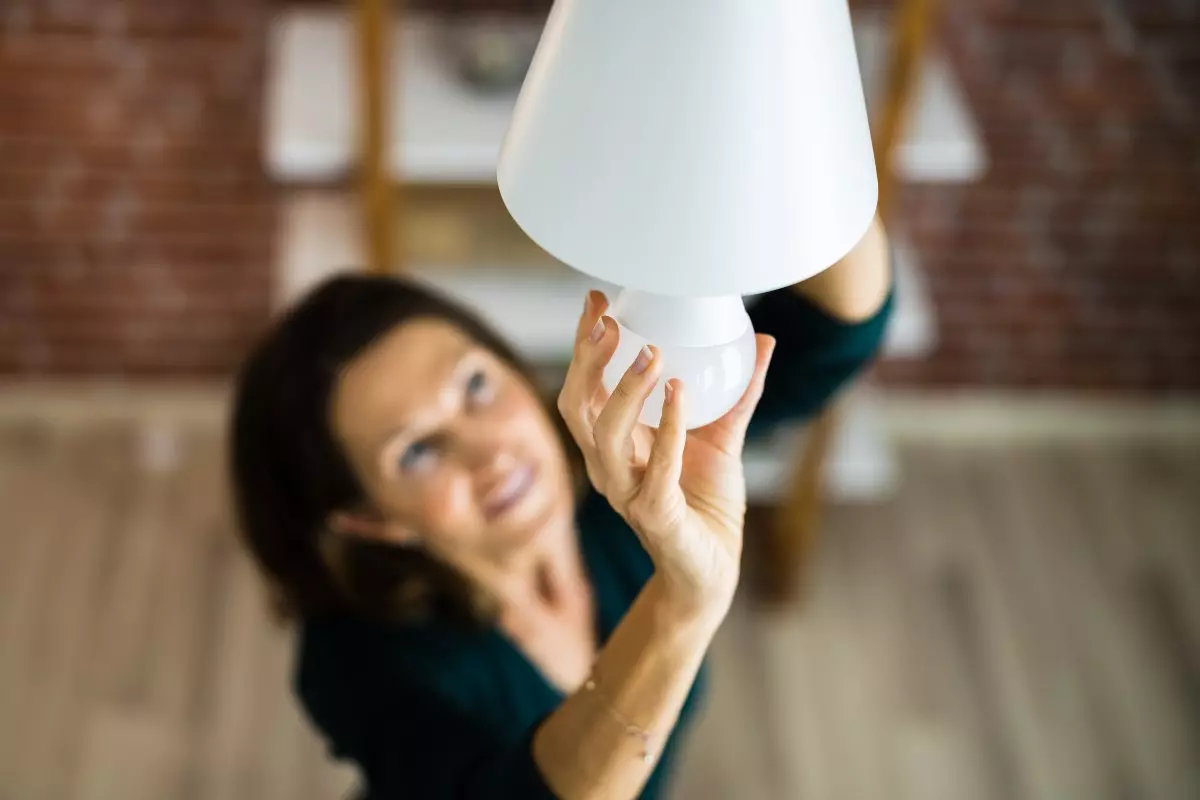
LED bulb prices have decreased by 85% in recent years. However, some may still find them expensive when changing every bulb in the house. For example, with a minimum of 20 light bulbs in a regular home and at roughly $5 per LED bulb, replacing the incandescent and halogen light bulbs would cost about $100.
Benefits of LED Lights
Besides helping to lower your electricity bills, LEDs can also offer other longer-term benefits to your home.
- Lasts Longer
LED bulbs last at least 10 years and sometimes longer, while traditional bulbs last a year on average. With LED bulbs, consumers will not have to spend money to replace their bulbs as often.
- Less heat
Incandescent light bulbs can be extremely hot even after they burn out. This is because many traditional bulbs utilize energy mainly for heating rather than actual light production. Conversely, LEDs release almost no heat. This unique feature is one of many reasons why LED lights are being studied as a possible solution for Seasonal Affective Disorder (SAD).
- Energy efficiency
Another leading advantage of LED lighting is its energy-efficient performance. LEDs utilize less energy for light production compared to traditional bulbs. As a result, using LEDs can effectively decrease your energy bill, making it a beneficial investment.
Small Scale Changes
If you have already made changes to your appliance usage and want to become more energy-efficient, there are several small-scale changes you can also put into effect. These can further reduce your energy costs.
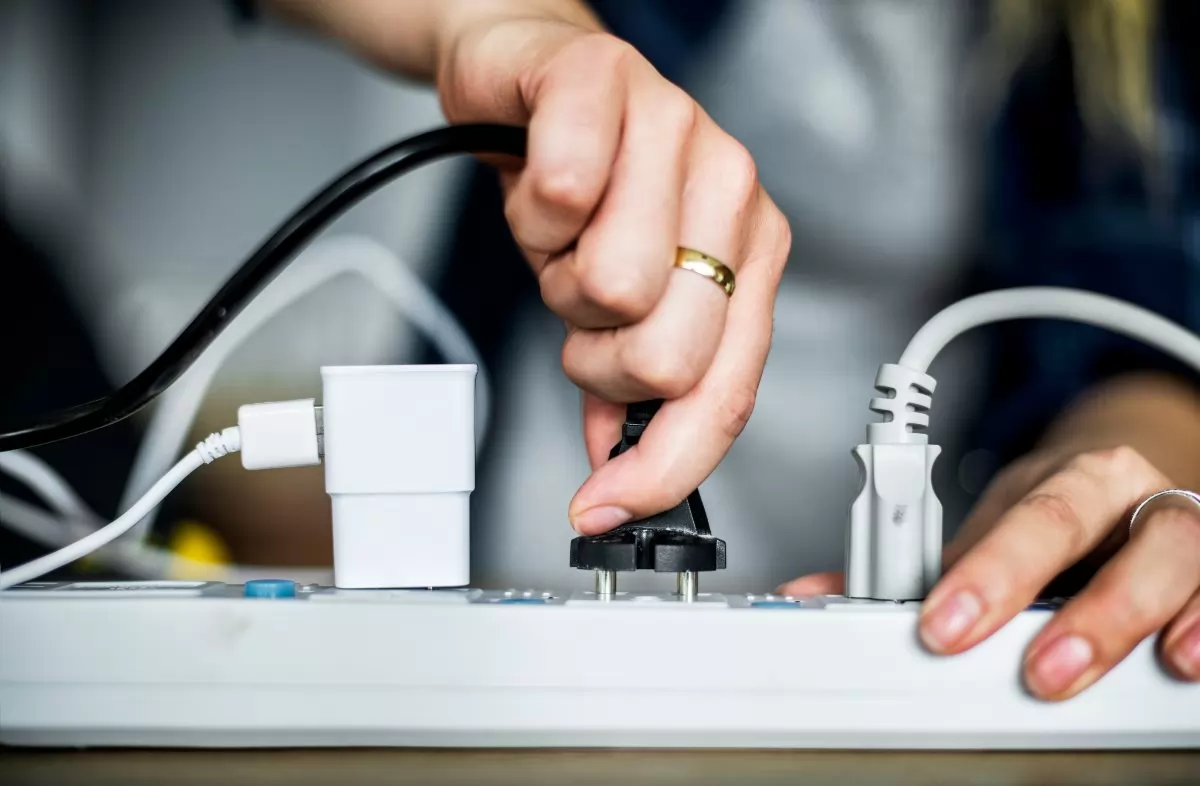
- Smart power strips
Smart power strips enable you to distribute energy depending on how frequently you use a device. Smart power strips can identify when a device is in standby mode and cut off power to save energy. Using a smart power strip can reduce your energy usage, which will decrease your utility bills. This will also make it easier for you to turn all your devices off at once rather than having to unplug all of them separately and ultimately lower your energy bill.
- Dimmer switches
Installing dimmer switches throughout the home gives you the ability to adjust the brightness and lower the cost of electricity, hence efficiently managing energy costs.
- Windows
Use your window shades in the summer to block out the heat that radiates from sun rays. In turn, this will also help you use less air-conditioning, thus dropping your electricity bill. Additionally, plants naturally offer shade, and placing them by windows can help cover the sun’s rays. Not only are they pretty to have and an entertaining hobby, but they can also help cool the house down and avoid the constant use of air conditioning, consequently reducing energy costs.

Conversely, cleaning the windows in the winter will allow for more sun and improve heat circulation around the house. Eliminating excess gunk or oils from windows provides more sunlight access to your home, offering a natural heating system. This can help partially reduce the usage of electric heaters during the winter and positively impact your energy bill.
- Storm doors
Storm doors provide extra insulation and are an excellent method to limit energy waste, leading to lower energy costs.
- Home insulation
The U.S. Department of Energy offers an online tool that can help discover if your house has enough insulation to maintain an energy-efficient home and manage your energy bill effectively.
- Weatherstripping
If you have drafty gaps around the windows and doors, weatherstripping can help fill in those spots, contributing to overall energy cost savings.
- Ceiling fans
If you do not have one already, consider installing a ceiling fan. Compared to an air conditioner, ceiling fans utilize drastically less energy to increase airflow.
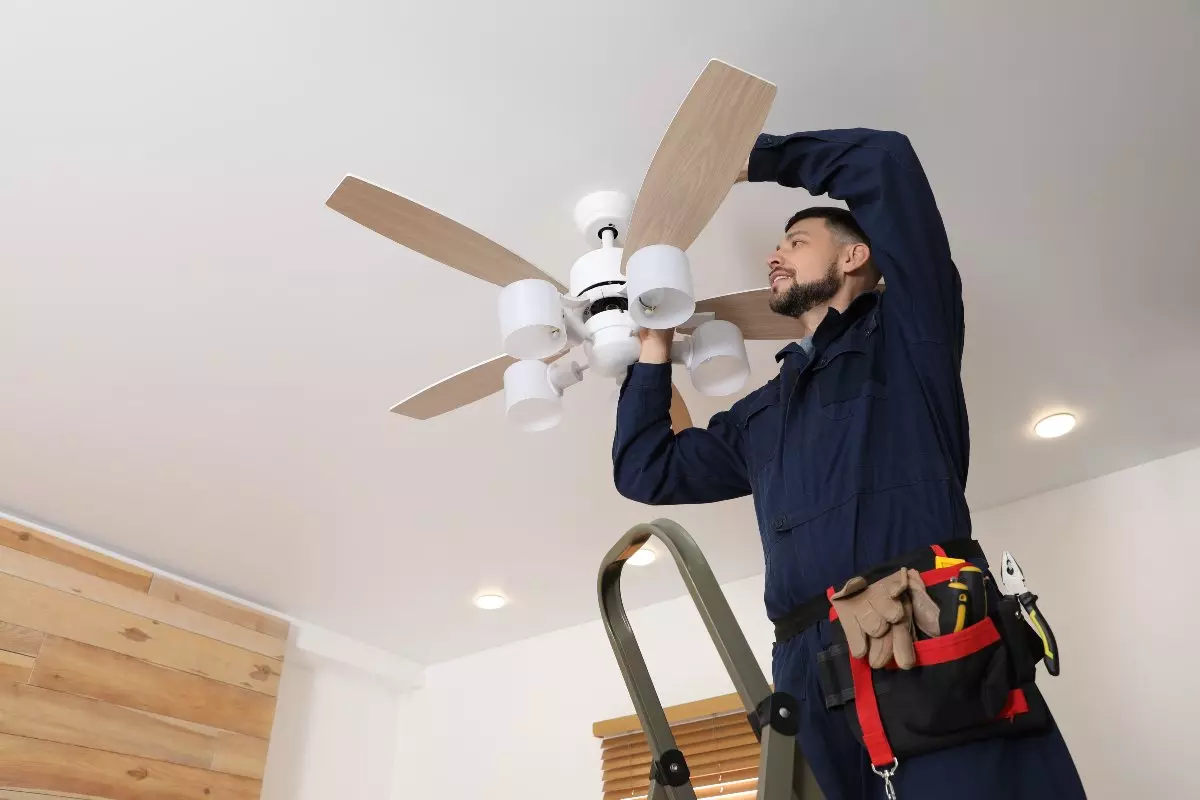
However, fans of any kind will not lower the temperature because they only circulate the air in the room, but they can significantly influence your energy bill.
- Install motion sensors
You can install motion sensors on your front porch or even nightlights around the house. This can help reduce your electricity bill and avoid searching for the light switch in the dark. Additionally, motion sensors for faucets are the perfect way to eliminate any water waste and cut back on your water expenses. Additionally, many outdoor motion sensors are solar-powered, further reducing electricity costs and overall energy costs.
- Get an energy audit
Many utility companies offer a free home energy audit to their customers. You can also conduct your own energy audit to determine how to lower the electric bill.
- Replace filters frequently
Maintain the HVAC system at peak efficiency by replacing the filter at least every 30 days. This can help you avoid extra power usage.
Large Scale Changes
While small-scale flexible expenses can lower your electricity bill, there are major adjustments that you can make to save even more. Usually, larger-scale changes cost more money and require that you own your residence. Therefore, before undertaking a massive project to lower your electricity bill, ensure that you have the financial security to finish the job.
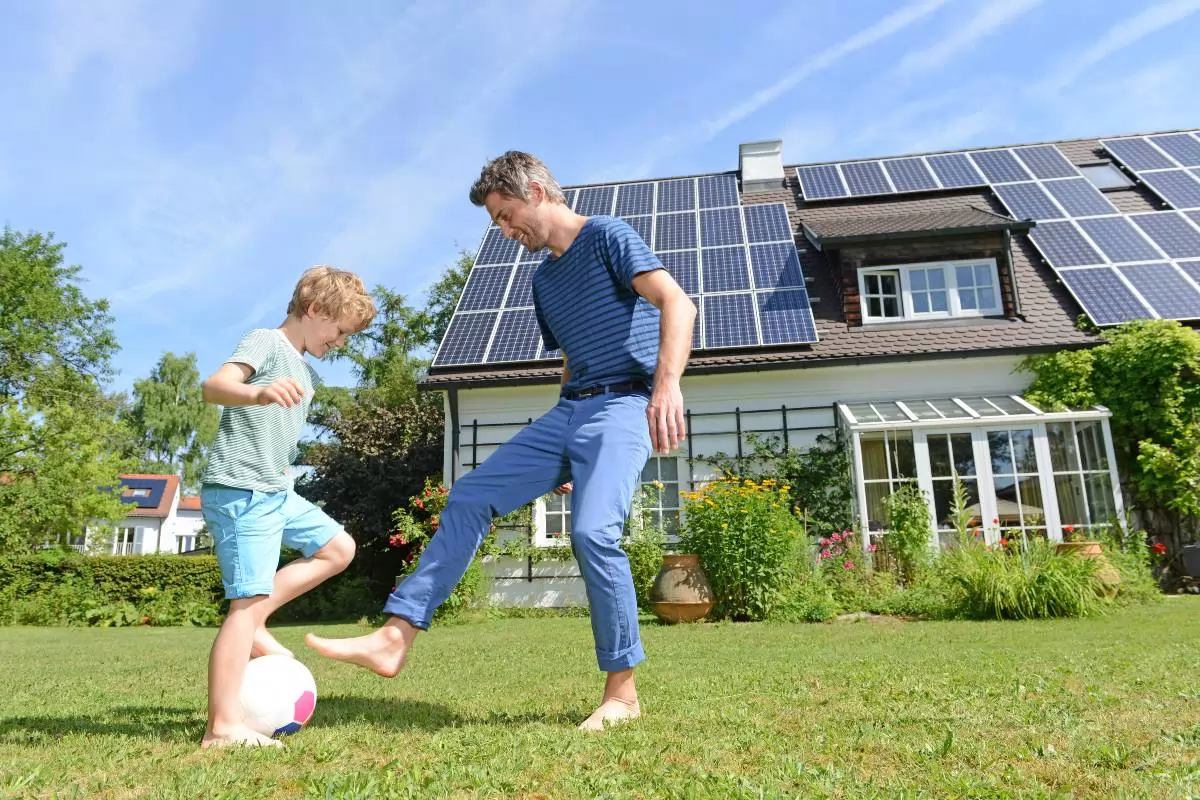
Solar Panels
Solar panels have been a method of energy reduction for quite some time now. Solar panels, or photovoltaics (P.V.), catch the sun’s energy using photovoltaic cells and then convert it into electricity. The most prominent advantage of installing solar panels on your home is the significant decrease in your electricity bill.
If you can install large enough solar panels, you may be able to provide electricity to light up your entire home.
Other Benefits of Using Solar Panels
Aside from the nice chunk of change, you can save on your electricity bill; solar panels offer many other environmental and personal benefits.
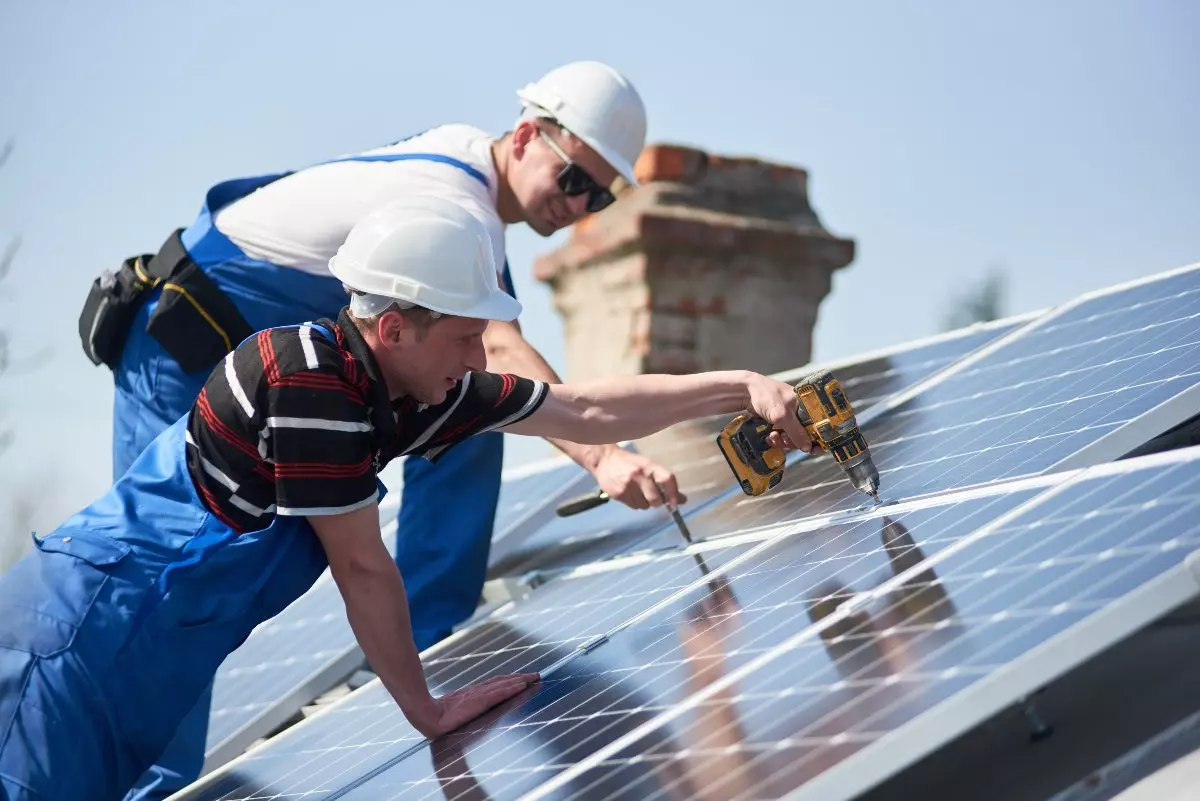
- Solar panels boost property value
Solar panels are also known to boost your home’s price on the market. According to Zillow, homes with solar panels typically sell for 4.1% more than neighboring homes without them. However, these numbers are subject to change depending on the market.
- Good for the environment
Solar panels also have the potential to clean up our air. Instead of extracting, transporting, and burning fossil fuels to generate electricity, we can power our homes with clean, renewable energy.
- Solar panels help during blackouts
Solar panels can keep your home lit during blackouts. When installing solar panels, make sure you also include the whole-home solution system. This includes battery storage that can help convert your house to a self-contained power source. This way, blackouts will become the least of your concerns.
Upgrade to an Energy-Efficient Pool
The biggest incentive to install an energy-efficient pool pump is the significant cost savings.

If you have a pool, chances are the pump is the second-largest energy consumer after your heating and cooling system.
Install a Home Wind Turbine
A great advantage of wind power is that it is a renewable energy source. With a wind turbine, you can turn the air outside into power for your house.
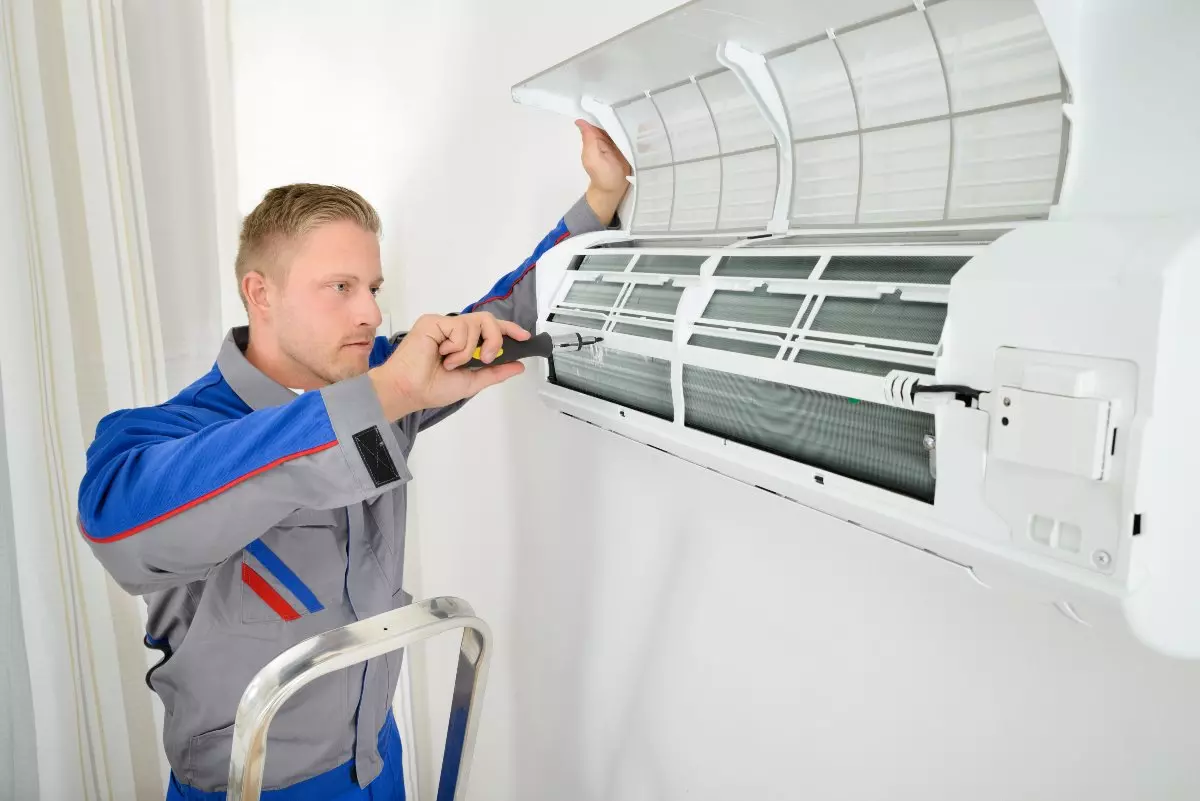
Residential wind turbines come in two forms. The first is freestanding wind turbines that are mounted on poles. The second is turbines that are mounted on the roof.
Advantages of Wind Turbines
- Turbines produce clean energy without harmful emissions.
- Taking power from the wind is free and is a renewable resource.
- The total cost required to purchase and install a wind turbine can be recovered in electric bill savings over several years.
- Users of wind turbines may qualify for tax incentives.
Install a New HVAC System
Updating the HVAC system in your home might be necessary to increase efficiency and help decrease your overall energy bills.
Other Advantages To Updating The HVAC
- Lower repair costs
After installing a new system, you can expect a warranty to cover repairs. Additionally, the risk of it breaking down will be minimal.
- Improved comfort
With advanced HVAC technology, newer systems can provide even more heating to maintain a consistent temperature.
- Better airflow
New high-efficiency furnaces come with variable-speed motors, which give better airflow throughout your home.
Conclusion
Electricity is typically the most expensive monthly utility bill. However, there are ways to lower it. From minor changes such as installing dimmer switches and remembering to turn off appliances all the way to larger projects such as installing solar panels, electric bills can be lowered.
Some of these changes may seem a tad overboard for individuals renting. Nevertheless, there are still many methods to cut back on electricity, even in your rented studio apartment, such as switching to LED lights.
Table of Contents
- Modify The Temperature
- Maximize Appliance Usage
- Give Appliances A Break
- Switch Over to LEDs
- Benefits of LED Lights
- Small Scale Changes
- Large Scale Changes
- Solar Panels
- Other Benefits of Using Solar Panels
- Upgrade to an Energy-Efficient Pool
- Install a Home Wind Turbine
- Advantages of Wind Turbines
- Install a New HVAC System
- Other Advantages To Updating The HVAC
- Conclusion